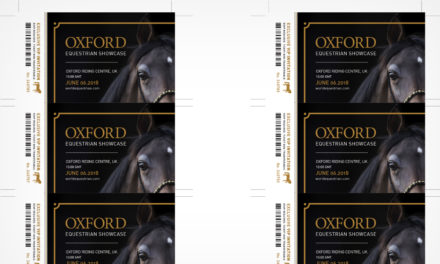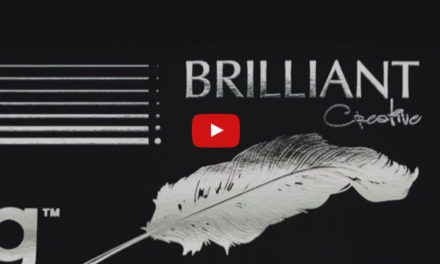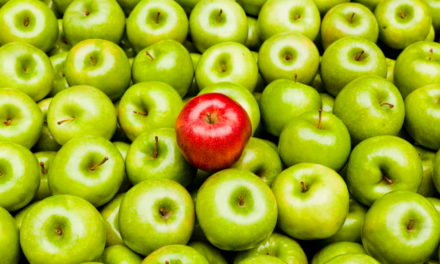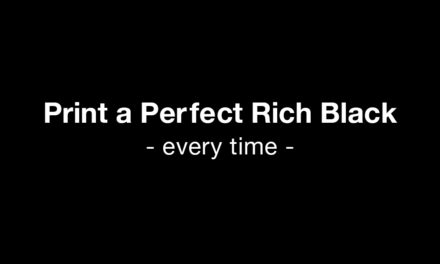While the color theory has been a relatively common tactic used amongst marketing teams, the color red has a particular reputation for being both good and bad as a color choice. It can have different effects on individuals depending on its use, and various studies conducted have laid out some particularly interesting data collected regarding the implementation of the color red in business circles.
Fast Company magazine recently took an in-depth approach into seven different studies on the subject, considering the bizarre and comprehensive science behind this important color. They’ve found that when people visually see the color red, their blood pressure can spike and they inadvertently blink more without realizing it.
In comparison to other colors, red often triggers more physiological arousal and neural activity than other colors on the spectrum, whether warm or cool. In a more scientific finding, it was also determined that in the area of the monkey brain that processes hue, a larger number of neurons cue into shades of red than any other colors.
Red is a dominant color, changing its effect on others depending on the given situation. For instance, traffic signals such as stop signs and even fire alarms can be anxiety-inducing, while also putting people on alert. Meanwhile, makeup products like bold lipsticks and blush can be both attractive and overpowering to the senses, as opposed to other more docile colors. Other modern examples show that red revs people up (such as men universally finding it attractive on women), while it can also be harmful at times (such as when job candidates wear red ties, which can actually hurt their chances).
The effect is diverse across different industries, but overall, red is known to be a potent color. If marketers are looking to capitalize on its use, these pros and cons should certainly be considered before the final decision is made.





